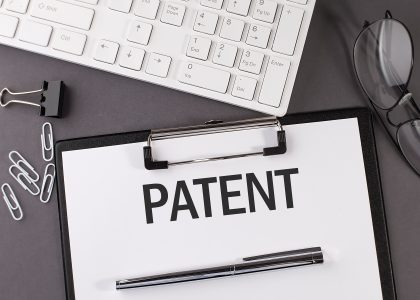
How Does a Provisional Patent Application Work?
Independent inventors sometimes confront a vexing problem: how to demonstrate their creativity to potential manufacturers without risking that the manufacturer would “steal” the concept. Fortunately, Congress has allowed a method that protects while shopping for new inventions: the provisional patent application (PPA).
How to Stop a Manufacturer From “Stealing” Your Idea?
Although most potential manufacturers may be relied on, to be honest, few inventors like to depend only on faith when reporting an idea. However, most manufacturers are reluctant to sign binding nondisclosure agreements before even viewing an innovation for several reasonable reasons. Also, remember that any public sale or disclosure before submitting a patent application would endanger your ability to get patent protection under recent patent law reforms (America Invents Act, approved September 12, 2011).
Traditional Approaches to Invention Protection
On March 16, 2013, the United States implemented a first-to-file system. The first inventor to apply (rather than invent) receives the patent under this approach. Before that date, innovators may show an earlier date of invention by documenting the construction and testing process. That is not conceivable under the new law. Before selling an idea, an inventor might still file a patent application and designate it “patent pending.” Few manufacturers will risk stealing an innovation if they know they will face a patent infringement action if the patent is ever issued.
The Answer: Submit a Provisional Patent Application
Congress provides another option for inventors: file a provisional patent application (PPA) on the innovation. Filing a PPA allows an inventor to claim “patent pending” status for the invention for 12 months while requiring only a fraction of the effort and cost of a standard patent application.
A provisional patent application comprcumentises text and illustrations explaining how to produce and utilize your invention. It’s a brief do, usually five to ten pages long, written in clear English with no complex terminology in ordinary patent applications.
Once you’ve completed this, your invention will have an effective filing date, and you can use the phrase “patent pending” for at least a year following the filing date. You can use the PPA’s initial filing date to demonstrate that your invention predated other related advancements if you submit a conventional patent application within a year of filing the PPA.The Difference Between a PPA and a Regular Patent Application.
It costs less. Instead of spending hundreds or tens of thousands of dollars on doing patent searches and hiring patent attorneys to prepare for a full patent application, a PPA costs $65 for a micro-business, $130 for a small organization, and $260 for a big firm.
It’s simpler. You can omit some of the complexities associated with filing a patent application, such as the Information Disclosure Statement and the Patent Application Declaration (a declaration made under penalty of perjury stating that you are the true inventor and have disclosed all information you are aware of that would be relevant to the examination of the application) (disclosure of all the relevant information known to you that is related to the originality of your invention). A patent is not produced as a result. Therefore, you cannot obtain a patent by filing a provisional patent application. To receive the benefits of a regular patent, you must file a regular application within a year of filing your provisional application. The patent must be accepted by the United States Patent and Trademark Office. The PPA only allows you to protect your rights while deciding whether to file for a regular patent.



